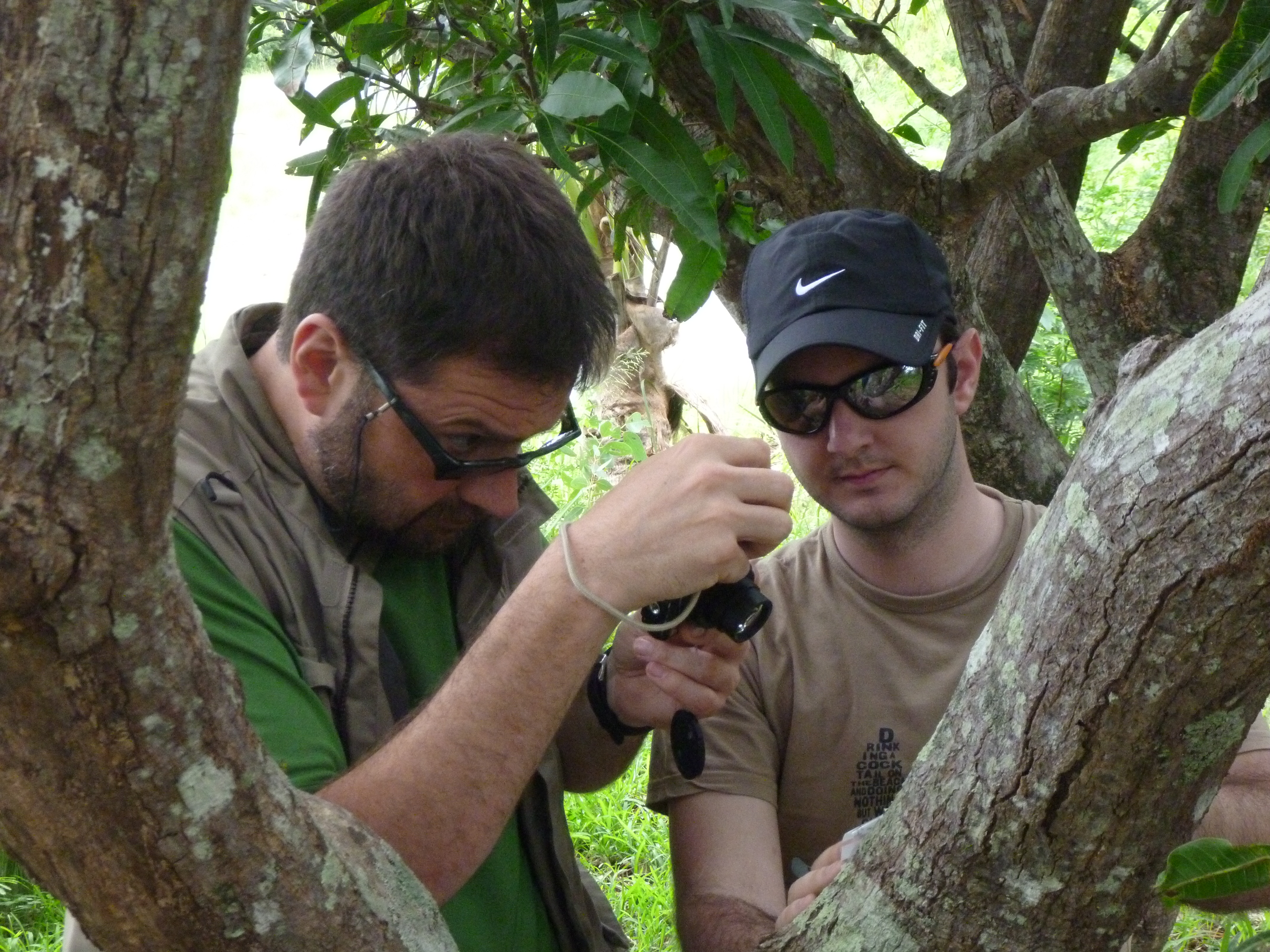Publication: Détection de l’impact environnemental des mines de Nickel en Nouvelle-Calédonie par l’analyse des lichens
L’article intitulée « Impact of nickel mining in New Caledonia assessed by compositional data analysis of lichens » par Camille Pasquet, Pauline Le Monier, Fabrice Monna, Christophe Durlet, Benjamin Brigaud, Rémi Losno, Carmela Chateau, Christine Laporte-Magoni et Peggy Gunkel-Grillon vient de paraître dans la revue SpringerPlus.
Cette étude explore la possibilité d’utiliser les lichens comme bio-indicateur de la pollution atmosphérique engendrée par l’activité minière et le traitement minier du Nickel rejetant des poussières riches en nickel, cobalt, chrome ou fer, en prenant comme exemple une grande région productrice: la Nouvelle-Calédonie. Les concentrations importantes de nickel, cobalt ou chrome dans les tissus organiques des lichens collectés proches des mines ou du site de traitement minier à Nouméa montrent qu’ils enregistrent très bien la pollution atmosphérique engendrée par l’activité minière. Les lichens sont de très bons supports permettant de localiser rapidement les zones impactées par l’activité minière.
Toutes les infos sur le site de Fabrice Monna.
Revoir les photos de la mission de terrain en 2012: http://hebergement.u-psud.fr/brigaud/bonjour-tout-le-monde/
Photo: Prélèvement des lichens
Résumé de l’étude en anglais:
The aim of this study is to explore the use of lichens as biomonitors of the impact of nickel mining and ore treatment on the atmosphere in the New Caledonian archipelago (South Pacific Ocean); both activities emitting also Co, Cr and possibly Fe. Metal contents were analysed in thirty-four epiphytic lichens, collected in the vicinity of the potential sources, and in places free from known historical mining. The highest Ni, Co, and Cr concentrations were, as expected, observed in lichens collected near ore deposits or treatment areas. The elemental composition in the lichens was explored by multivariate analysis, after appropriately transforming the variables (i.e. using compositional data analysis). The sample score of the first principal component (PC1) makes the largest (positive) multiplicative contribution to the log-ratios of metals originating from mining activities (Ni, Cr, Co) divided by Ti. The PC1 scores are used here as a surrogate of pollution levels related to mining and metallurgical activity. They can be viewed as synthetic indicators mapped to provide valuable information for the management and protection of ecosystems or, as a first step, to select locations where air filtration units could be installed, in the future, for air quality monitoring. However, as this approach drastically simplifies the problem, supplying a broadly efficient picture but little detail, recognizing the different sources of contamination may be difficult, more particularly when their chemical differences are subtle. It conveys only relative information: about ratios, not levels, and is therefore recommended as a preliminary step, in combination with close examination of raw concentration levels of lichens. Further validation using conventional air-monitoring by filter units should also prove beneficial.


